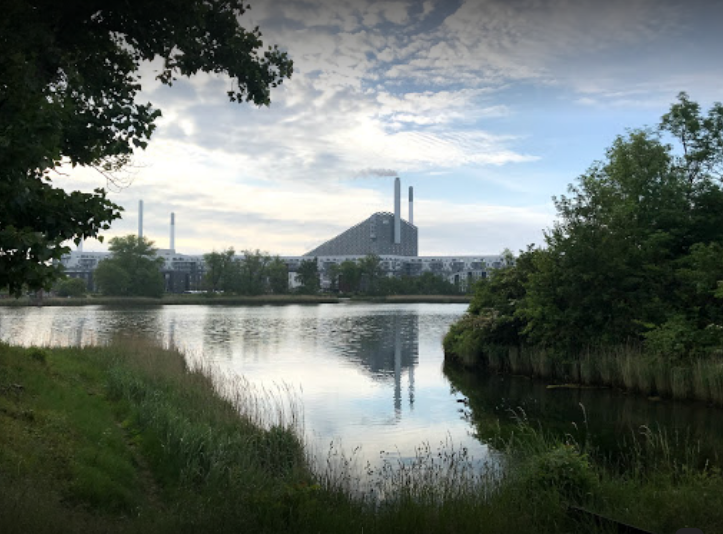Amager Bakke, Copenhagen’s waste-to-energy plant. One of the best performing European plants in terms of energy efficiency, waste treatment capacity, and environmental impact.

Guest Post by Richard McCure
Nothing screams “third world” louder than vision of forlorn children picking their way through smouldering landscapes But burning rubbish has become anathema in the civilized world, largely because the proportion of plastics in garbage, together with their poisonous load of combustion products, has increased.
Chemists roughly divide polymers into plastics and thermosetting plastics. The latter harden with heating, the former soften. When people talk about recycling plastics, they are ideally talking about softening plastics using heat, and then re-forming them into park benches etc. However any thermosetting stuff in the mix, let alone disposable nappies is, to say the least, less than desirable. And this is where idealism and ideology come up against economics. Careful sorting of garbage for recycling purposes is essential but labour intensive. Fine for a subsistence level economy, but as the third world becomes more prosperous it is no longer viable to pay someone to do the sorting. This is why China and Indonesia are returning our unclean plastic waste to us. The killer is that plastic is spectacularly cheap to produce. That is why it’s use is ubiquitous. Recycling is virtuous, labour intensive, and an economic dead-end. I believe this has been the road block to a more rational approach in Tasmania, viz.: the thermal “recycling” of rubbish.
Plastics are searingly energy rich – on a par with the petroleum products used in their manufacture. And there seems to have been a recent increase in fresh technologies that concentrate on the chemical properties of garbage rather than the physical properties.
Incineration A good example of an incinerator is the one in Copenhagen, pictured above. Treated rather dismissively by Craig Reucassel in the ABC program “War on Waste”, this architecturally spectacular facility provides heating for homes and businesses in Copenhagen.
Pyrolysis Another approach is to heat plastics in the absence of oxygen (pyrolysis). This process will “crack” the polymer chains and recreate the liquids and gasses that are the building blocks of plastic. In this way useful fuels can be collected by fractionation (as in an oil refinery), and the release of CO2 is avoided.
Mixed with Coking Coal Plastics can also augment coke in the iron and steel industry. The environment in a steel furnace is perfect for the pyrolysis reaction. The smelting process removes much of the toxic by-products that would need to be removed from the flue gasses, either by incorporating them in the product (steel) or by reaction with the calcium carbonate flux.
Why are we a still burying or exporting these energy rich substances?
Isn’t it about time we treated them as a resource rather than a problem?

